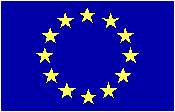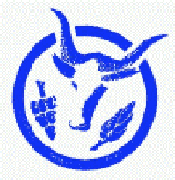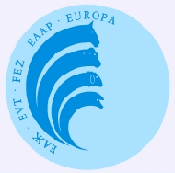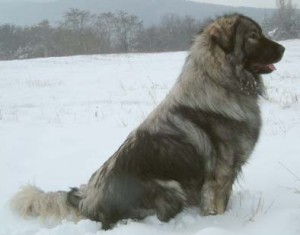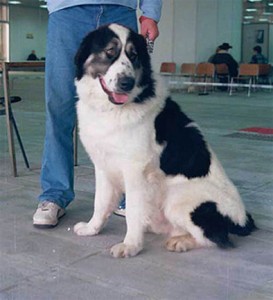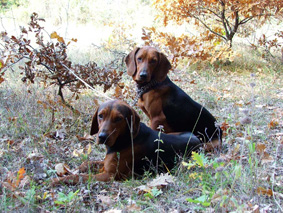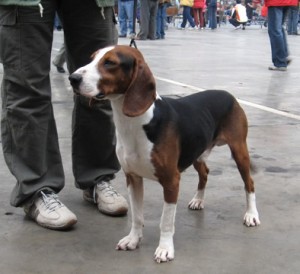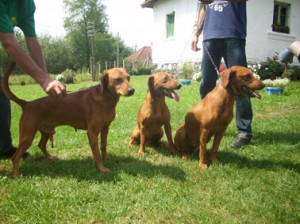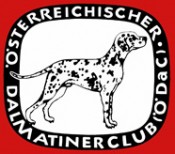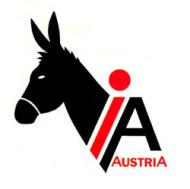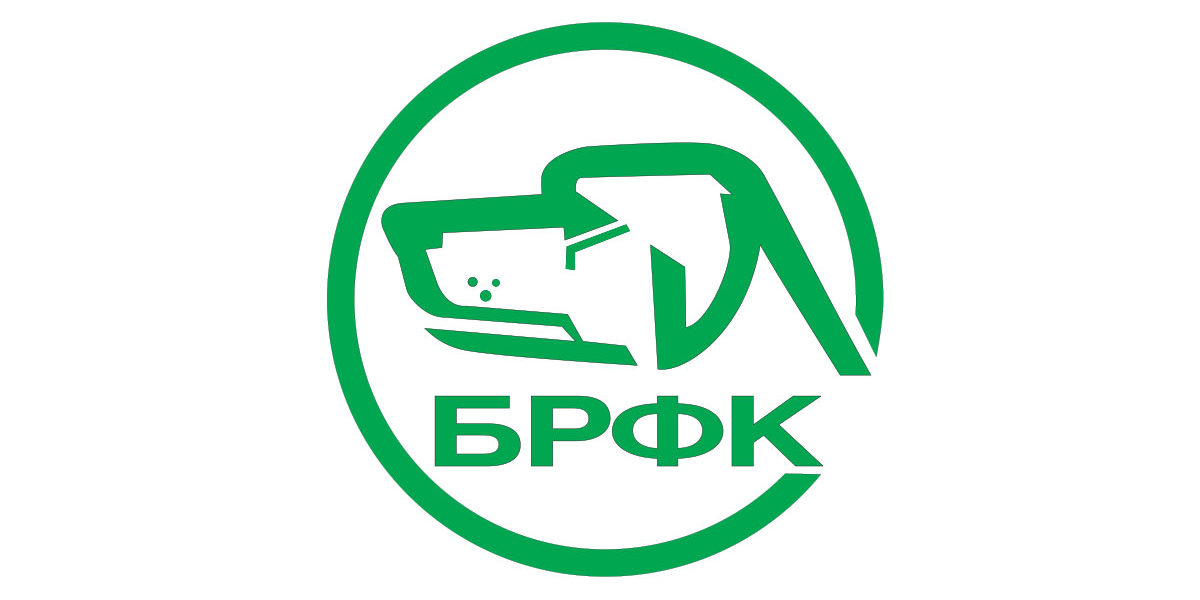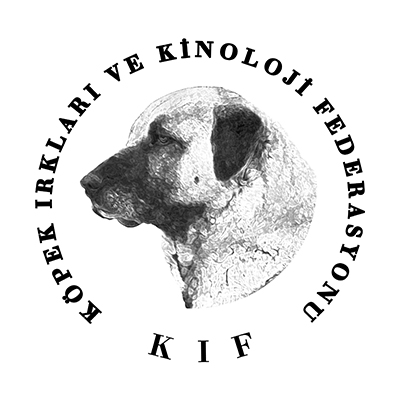Yugoslavian Sheepdog – Sarplaninac
Every breed of shepherd dogs in the Balkans, including the Sarplaninac, evolved within detached mountain massifs which prevented great influence from other dog breeds, and in a certain way ‘conserved’ the breeds in that area. The breed formed in the territory of the present-day Sar Mountains. Sarplaninac is essentially a type of the Molossian dog, from which it directly descended. The breed was officially cynologically recognized on the international level by FCI in 1939.
Appearance and characteristics:
The Sarplaninac is robust, muscular, above medium size, and proportionately built in general. It is covered with long, thick and fairly coarse hair, which gives the impression of a solid build. It is a dog of strong constitution and calm temperament, good-natured, but also very harsh, loyal to his master and incorruptible. The average height at the withers is 24 inches (62 cm) for males, and 22.8 inches (58 cm) for females. Higher dogs are preferable. On average, mature males in working condition weigh between 77 and 99 pounds (35 and 45 kg), while mature females weigh between 66 and 88 pounds (30 and 40 kg). The trunk is somewhat longer than the height at the withers (8-10% for a male dog, and 10-12% for a female dog). The dog is solid colored. Every nuance from white to dark brown, almost black, is acceptable. It is kept as a shepherd dog, the guardian of flocks and households.
This species is not endangered.
_______________________________________________________________________________________
Serbian Shepherd Dog
This noble shepherd breed has been living for centuries on the hills and mountains of Serbia. It belongs to a large family of shepherd dogs, spreading from Tibet, to the Middle Europe, and to the North of Africa. Many of these dogs are still not recognized, although they are highly valued by the shepherds in hills as their irreplaceable aid. The population of these dogs in the terrains of Stara Planina and Kopaonik has probably developed from the inter-breeding of the dogs which were brought to that area by Vlachs and the people from Kosovo which arrived to the area of Negotinska Krajina and the western parts of Rtanj Mountain at the end of the 17th and the beginning of the 18th century. This breed was officially cynologically recognized on the international level by FCI in 2009, under the name of Southeast European Shepherd dog.
Appearance and characteristics:
Serbian Shepherd Dog is large and dignified. It is a dog of calm temperament, well-balanced, and children-loving. It is brave, an excellent flock guardian, and a true fighter against potential predators (a bear, wolf and lynx). It barks energetically. When a stranger or an animal shows up in its territory, its barking is loud and low-pitched. During the night, it patrols the household or sheepfold. The height at the withers for a male is from 27 to 31 inches (68 to 78 cm), from 28 to 30 inches (71 to 75 cm) ideally. The height of the majority of female dogs is from 25 to 28.3 inches (64 to 72 cm), from 26 to 27 inches (66 to 68 cm) ideally. Basic color is pure white or beige-white, with black, grey-black or black-reddish markings over the body and on the legs. It is kept as a shepherd dog, the guardian of flocks and households. (Photo: Milivoje Urošević)
This species is endangered.
_______________________________________________________________________________________
Serbian Hound
This breed of dogs belongs to the group of hounds widespread in the territory of the Balkans. It is assumed that the hounds from Asia Minor played an important part in the creation of this breed. Its first description dates back to 1905, when Franz Laska described these dogs together with other Balkan hounds. It was officially cynologically recognized on the international level by FCI in 1948. It is still known by the name ‘the Balkan Hound’ or popularly ‘the Balkanite’.
Appearance and characteristics:
The Balkan Hound is a dog of medium size and robust constitution, temperamental, lively and energetic. It is also amiable, vivacious, dependable and very tenacious. The height at the withers of male dogs is from 18 to 22 inches (46 to 56 cm), from 20 to 20.5 inches (51 to 52 cm) ideally. The height of female dogs is from 17 to 21 inches (44 to 54 cm), from 19 to 19.3 inches (48 to 49 cm) ideally. Body is slightly elongated, 10% longer than the height at the withers. Colour ranges from yellow-reddish, to foxy red and rusty red, with mantle or saddle. Black goes up to the head, making black markings at the temples. Whiteness is allowed on the chest, but not more then 0.8 inches (2 cm) in diameter. It is used as a hound in big and small hairy game hunting. (Photo: Darko Drobnjak)
This species is not endangered.
_______________________________________________________________________________________
Serbian Tricolour Hound
Serbian Tricolour Hound has the same origins as other Balkan hounds. The issue of standardization was raised in 1946, and one of the ideas was that it should be a variety of the Balkan Hound. In 1955, the Yugoslavian Federation of Cynology or the Indigenous Breeds Commission, made a decision on the standardization of this breed. It was officially cynologically recognized on the international level by FCI in 1961. Serbian Tricolour Hound is popularly known as ‘a Tricolour’.
Appearance and characteristics:
It is a dog of a middle size and strong constitution, full of spirit, lively and energetic. It is loyal, kind, dependable and very tenacious. The height of male dogs is from 17.7 to 21.7 inches (45 to 55 cm), 20 inches (51 cm) ideally. The height of female dogs is from 17 to 21 inches (44 to 54 cm), 19 inches (49 cm) ideally. Body is rectangular, 10% longer than the height at withers. The basic colour is deep red or foxy red, with a black mantle or saddle. Black can go up to the head, forming black markings at the temples. A white mark is allowed on the chest and may extend up to the tip of the breast-bone, as well as up to the belly and the inside of the hind legs. Lower halves of the legs, as well as the end of the tail, can be white. White parts must not cover more than a third of the total body surface. Serbian tricolour hound is used as a hound in big and small hairy game hunting.
This species is not endangered.
_______________________________________________________________________________________
Serbian Yellow Hound
Apart from two standardized hound breeds in the territory of Serbia, Serbian Yellow Hounds make great majority of all non-standardized breeds. In the magazine Lovac no. 2 from 1950, in the article headed ‘Naši zečari’ (Our Beagles), Dragisa Pavlovic, PhD, states that after the exibitions in Belgrade in 1948 and in Ljubljana and Belgrade in 1949 a board of judges for beagles recognized the pedigree of the Balkan Hound, Montenegrin Mountain Hound and Yellow Beagle, naming it ‘the Yellow Balkanite’. In 1954, the Federation of Cynology formed the Indigenous Breeds Commission which suggested that the standards of the Balkan Tricolour Hound should be acknowledged, which was later done. The Commission also suggested the standarads for the Balkan Yellow Hound, a coarse-haired hound. In the documents of the Yugoslavian Federation of Cynology there is still a record of pedigrees of the Yellow Hound as a separate breed, and not as a variety of the Balkan Hound, as it was thought until recently. The evidence of that are also the pedigrees from 1950. These dogs were presented at dog shows and parades, which was recorded in the catalogues from these manifestations in 1949, as well as in the catalogue of the First International Dog Show held in Belgrade in 1952. A research on the size of the Yellow Hound population in Serbia began, based on these historical facts and data collected on the spot in the autumn of 2008. This breed still hasn’t been recognized by the FCI.
Appearance and characteristics:
Yellow Hounds are medium-sized, strong and tenacious dogs of a rectangular shape. Their head is in proportion with the body, the muzzle is wedge-shaped, with a black nose, and pendant ears of a medium length. The neck is strong, and almost the same length as the head. The trunk and the back are well-muscled and strong. The thorax is approximately 50% of the height at the withers. The hair is short, smooth, gleaming, clinging to the body, with well-developed undercoat. Colours range from yellow to reddish-yellow. Not many specimens have white markings on the head, chest, paws, front part of the legs, and the tip of the tail. In contrast to the Serbian Hound, the Yellow Hound has no black markings on its body. It is used as a hound in big and small hairy game hunting. (Photo: Darko Drobnjak)
This species is endangered.
_______________________________________________________________________________________


